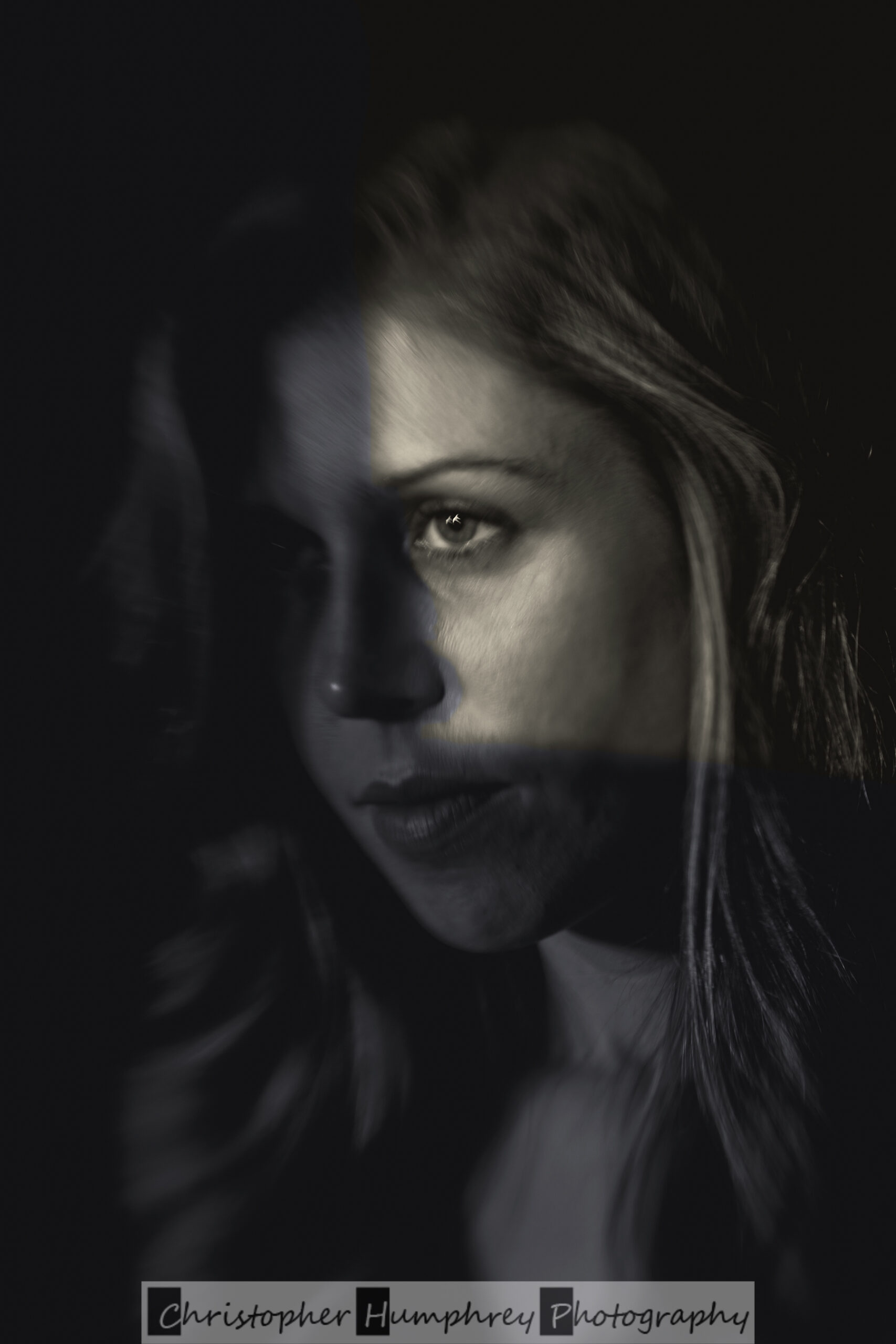I get bored very easily, and I want to try something new. I bought the Lindsay Adler Optical Spotlight and began experimenting with it with my friend and model, Sheldon Marie Parnick, who is a photographer in her own right (Sheldon Kaczynski – Portfolio (myportfolio.com). We had a great time getting different looks, and I had a lot of fun trying out the new equipment, new poses, different wardrobe, and so forth.



Last week I was cutting down vines on a street close to where I live. (Why would I do that? To remedy “the tragedy of the commons” — look it up 🙂 ) I regularly walk by a fence on Stanton Avenue with vines that, every year, begin to encroach on the sidewalk. So the reward for my contribution to a tidy sidewalk was a case of poison hemlock, most likely. What does this have to do with photography and creativity? The solution to contact dermatitis is prednisone. Prednisone gives you a ton of energy in the short term, so you get really creative. I finished a soldered art glass piece, cleaned it, and installed it, all in one day, when I thought it would take three. I also worked on the images of Sheldon for hours, and found I wasn’t happy just to get the exposure, cropping, color, etc., right — I needed to render some of them in black and white using Nik Silver Efex, and then selectively tint them using Photoshop’s photo color filters.



I should probably have been more selective — “curated” the collection more carefully — but I found so many of the images to be instantly pleasing that it was difficult to narrow them down. What criteria would I use? Some show Sheldon pensive, or reflective, or just direct in her gaze, while others capture laughter, smiles, good humor, and clowning around. In many images Sheldon is just very pretty, and it’s hard to choose.



Peter Lindbergh said something that stuck with me about photographing subjects, especially women: “With the indiscriminate touching-up of photos, we’ve grown accustomed to seeing personalities drained of all their humanity, yet we consider them as real.” He also said, “The photographer, even in fashion and portraiture, has to have a standpoint. It’s important to know what you stand for, no? Most people just take pictures, but they stand for nothing. They follow trends and don’t know why.” My final quote, and the best: “For me, every photograph is a portrait; the clothes are just a vehicle for what I want to say. You’re photographing a relationship with the person you’re shooting; there’s an exchange, and that’s what that picture is.”



I agree with Lindbergh here. So many images on social media show the same kind of woman: obviously well-proportioned, often scantily dressed, beautiful and aloof, and just like every other woman in the genre, but with little humanity. No spark of life, no humor, often clearly having no rapport with the photographer. Photography has to be more than just imitating everybody else, cranking out the same kinds of images. Yes, the women are often beautiful, but there’s no life. (I have to admit, this is more the case with Facebook than Instagram. With the latter, there are many photographers who are using the tools to create art, often involving motion blur, grain, and other techniques that arrest the eye.)



I like women, and they generally know it. And I especially like having a rapport with them and capturing their unguarded moods, expressions, humor, uncertainty, goofiness in some cases :-), and simple appreciation for my appreciation. We get good results. (I have the same pleasure photographing my daughters’ families — 23 grandkids! — especially in black and white, with the Lensbaby Spark lens, but more on that later.) I can do conventional photography, and I’m available for anything you might need, but alongside that, I have an artist’s eye, and the desire to do something more than what most other photographers are doing currently. I will keep exploring the medium. Enjoy!



For the gallery of four-star shots, go here. (Yes, there’s a fair amount of repetition, as I mentioned.)

